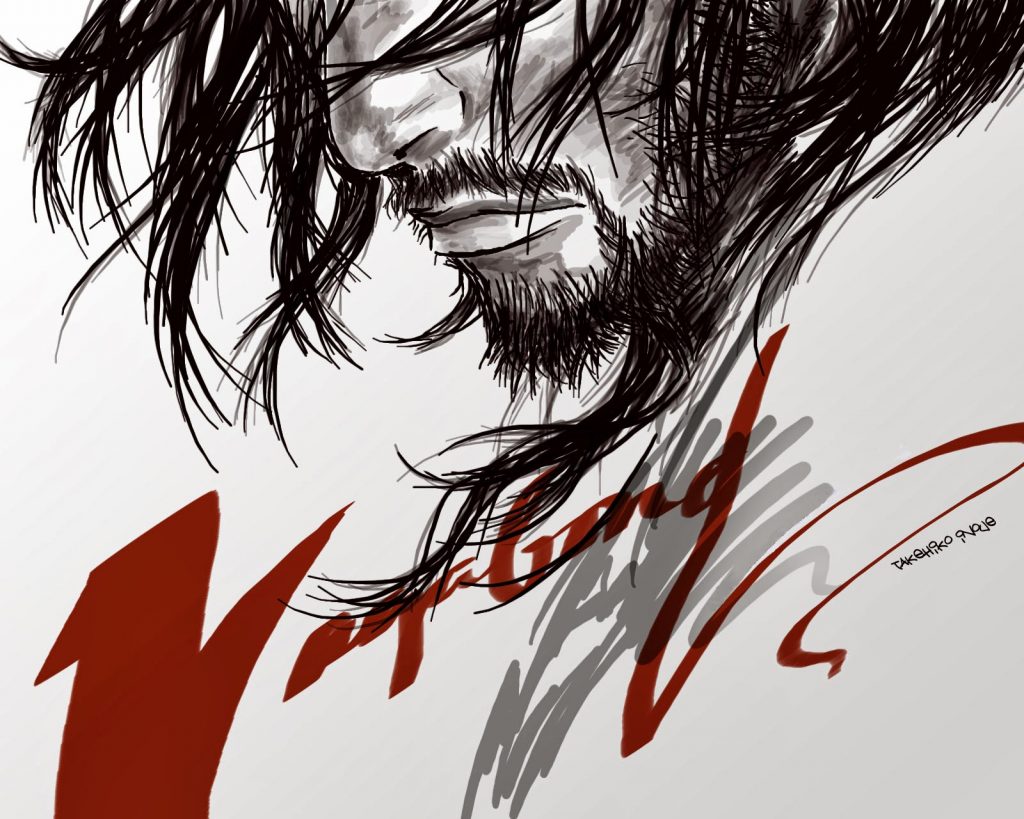
It was 9 AM, just an hour into a full day of classes and I was already bored out of my mind. I grabbed a chair and headed towards the back- the next teacher being of a more lenient predisposition, not minding me sitting with my head down – where I promptly opened Manga Rock (an online Manga reader) and began my looking for my next addiction.
For the uninitiated, it must be confusing. What is Manga? Simply put; it is a style of Japanese comics and cartoons which was developed in the late nineteenth century. Some scholars even trace their origins to twelfth and thirteenth century illustrated scrolls such as the Chōjū-jinbutsu-giga, which depicted stories through sequential images of wit and humour.
A characteristic feature of Manga is that it is read from back to front and from right to left, unlike traditional comics. The beauty of Manga is in the depth of the worlds they build, rich with traditional customs, inhabited by some of the most memorable characters. The setting may be elegantly simple, as is in the case of ‘Death Note’, where a boy finds a notebook, in which the owners of the names written die. It is the plotline which makes something so seemingly trivial one of the most acclaimed psychological thrillers of all time. On the other hand, there are stories of space travel, samurais, robots: you name it, Manga has it! There is also a certain ’Japanese philosophy’ of life that is reflected in them, one of honour, faith in friends and the will to never give up: something that comes as no surprise in a country with a long history of being an earthquake-prone zone and having faced numerous disasters over the years, and yet manages to thrive.
Broadly speaking, there are three categories of manga. Shōnen for boys and Shoujo for girls from 15 to 18 years old and Seinen for young adults from 18 to 30 years old.
Some examples of the mainstream shōnen Manga :( clockwise from the left) Naruto Shippuuden-Bleach-One Piece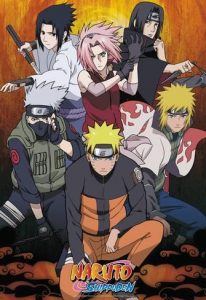
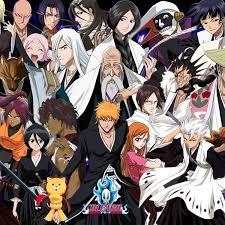

Most people have had some experience with anime. Perhaps they didn’t realise it. Pokemon, Dragon Ball Z, Shin-chan, Doraemon and Ninja Hattori are some popular anime featured on mainstream cartoon channels like Cartoon Network and Hungama.
Going back to the classroom, I was intently scanning the list of the most popular Manga, when suddenly my neighbour gave me a nudge – the teacher was approaching. I quickly dropped my phone into my bag which I’d kept open in preparation for this moment. Once the danger had passed, I turned to thank him, when I noticed him grinning and gesturing under the table – he was using the same app to read Manga! Even though anime seems to have exploded in pop culture in the recent years, with everyone tuning in to watch the latest episode of Shingeki no Kyojin (Attack on Titan) or One Punch Man, it still remains a niche activity which very few indulge in. Thus, it came as a great surprise to me that another person in my class was a reader as well (albeit at the expense of the class time). Over some hot samosas and chai, we spoke at length about the different Manga we had read, from the deep and mysterious world of ninjas in Naruto to the dark, twisted conspiracies and insane plots of titles like Code Geass and Death Note to the slapstick comedy of One Piece. We also had a good laugh at their Indian counterparts such as Chota Bheem, which not only featured sub-standard animation but terrible plotlines to boot. The thought of Bheem’s empty, soulless eyes staring at you through the television is truly what nightmares are made of. This got me thinking, aren’t there any good Indian series?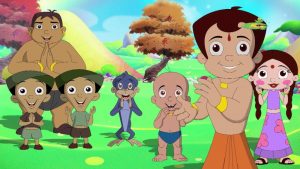
It was my mother who reminded me of being addicted to this particular show called The Adventures of Tenali Raman. A quick YouTube search revived fond memories of this quirky little show. It had just the right amount of humour, mystery, and action. Chronicling the adventures of the legendary court jester, poet and trusted friend of emperor Krishnadevaraya of Vijayanagara, while he dealt with foreign invasions, assassinations and foiled plots of the jealous Rajguru, it was one of my favourite childhood shows.
I grew up reading Anant Pai’s Amar Chitra Kathas (ACK). My first experience with our great epic, the Mahabharata, came through their illustrated pages. It is not just the story behind the Mahabharata – which undoubtedly is one of the greatest stories of intrigue, betrayal, victory, and morality ever written – it’s the unique style of illustration that the artists employed, with massive landscapes, towering characters, and intricate facial expressions that made it even more gripping. Not only did they cover some of the most epic moments, such as Arjuna shooting an arrow through a fish’s eye, but also his dilemma over killing his brothers before the start of the war. One image that stays etched in my memory is that of Abhimanyu at death’s door, fighting alone, using his chariot’s wheel, trapped at the center of the Chakravyuh.
It was, of course, not without faults of its own. The ACK series reinforced gender roles, relegating women to damsels in distress rarely having much initiative, with men being the protectors of the good, and the righteous either receiving virgins as wives in gratitude or heroically kidnapping them. Women chose Sati, or self-immolation, as a way to defy an invading tyrant, or to inspire their men to fight to their last breath. Though the series was initially started to inspire national integrity among children, the stories primarily focus on Hindu mythology and virtuous Hindu kings, fighting off hordes of evil invaders or arrogant colonialists; this was something that struck me even as a ten-year-old. Even though I was too young to understand the implication of this, my cousins, who are half-Muslim, were a far cry from the menacing horde of Muslims in green suits that my heroes seemed to have defended my great nation against. The website proudly proclaims that over a hundred million copies have been sold. It makes one wonder what sort of national integration it must have wrought since its inception in the seventies.
However, I feel that the inception of ACK was a step in the right direction, though perhaps misguided in its approach, to include diverse cultures and religions and histories that make our country as great as it is.
Coming back to Manga, I happened to watch a fascinating video by certain professor of economics at the University of Southern California, Mr. Takahiro Miyao. He explains the reasons for the great success of the manga and anime industry. According to him, the long history of Japanese traditions and art still influences the continual development of artistry over the years. This has given rise to a distinct ‘Japanese Style’ of art which is instantly distinguishable. The environment in the Japanese art community is conducive for young artists to develop their series. Many competitions are hosted with significant scholarships. Many online courses are also available for manga artistry. Due to a large number of people churning out amazing pieces of Manga, the general level of competition goes up, thus producing even better work. Finally, most importantly, there is no government or public interference with the Manga community. This gives it a lot more freedom to deal with any topic.
Thus, if in India, we are slowly able to bring about these conditions, there is no doubt that with the rich history and tradition of our great nation we will be able to flourish, more so on an international scale. It would also generate a lot more interest for our nation and popularise our culture abroad. It is the best possible way to preserve and pass on our culture to future generations.
If you’re intrigued enough to read a manga or watch an anime, here are a few of my personal favourites :
- VAGABOND: Historical/Samurai/Seinen
- I Am A Hero : Post Apocalyptic/Seinen
- Gantz: Sci –Fi/Thriller/ Seinen
- Boku Dake ga Inai Machi/ERASED (Anime): Psychological/ Murder mystery
- Death Note(Anime) : Psychological/Crime thiller
- Omoide Emanon: Slice of life/ Mystery
- Full Metal Alchemist Brotherhood (Anime): Fantasy/Action/Adventure/Shonen
- Samurai Champloo (Anime) : Action/Adventure/Historical
- Hyouka : Slice of Life/Mystery
Image sources: https://mangarock.com
http://thejadednetwork.com/graphics/wallpapers/Takehiko-Inoue-Artworks/Vagabond/
https://www.amarchitrakatha.com/in/amarchitrakatha-landing
http://www.indiantelevision.com/release/y2k13/oct/octrel137.php
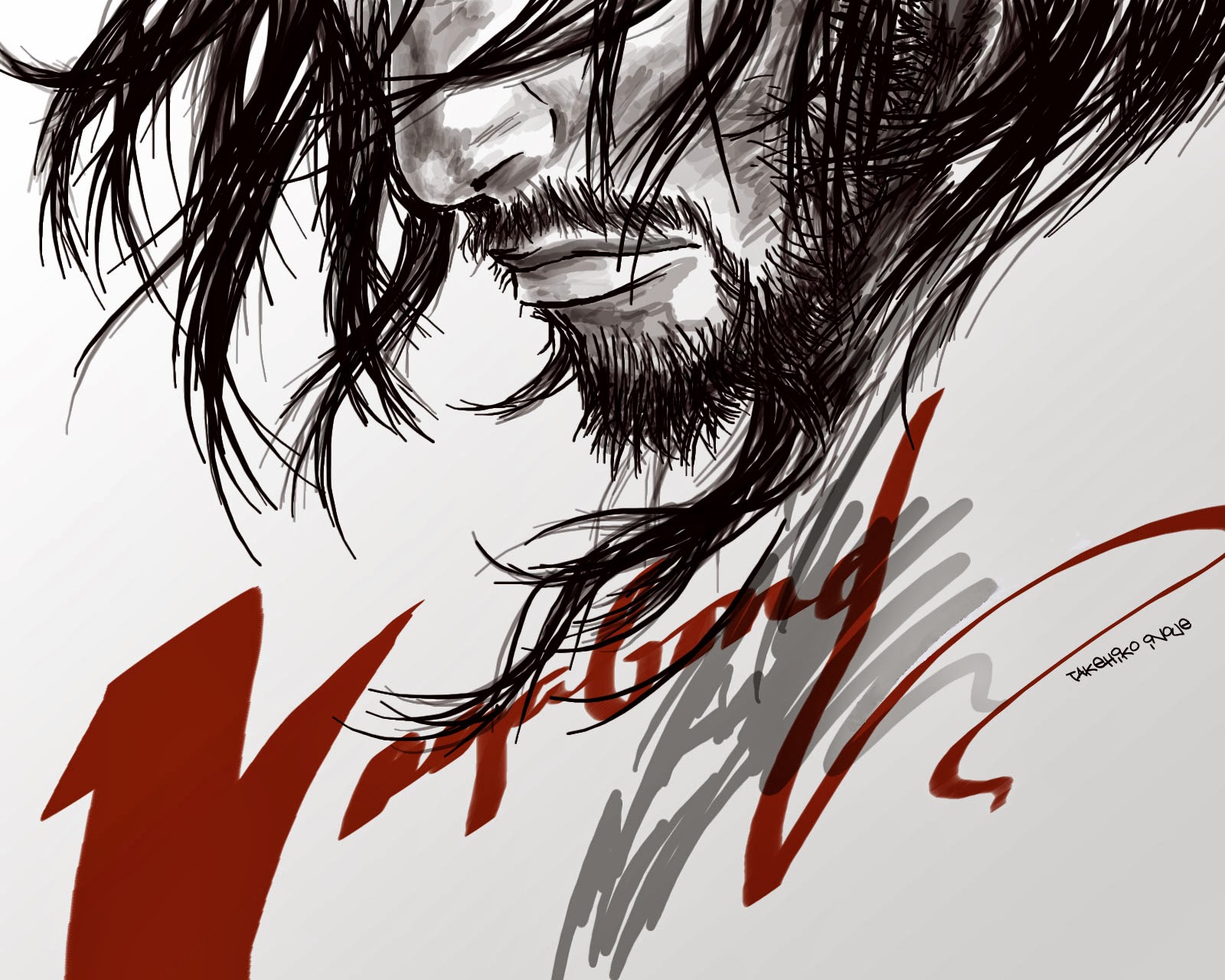
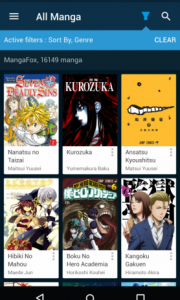
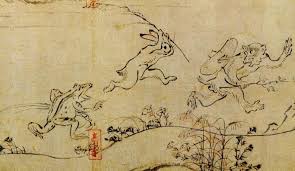
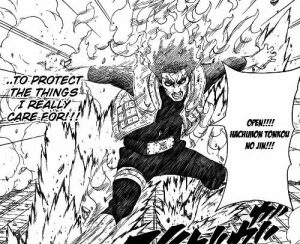

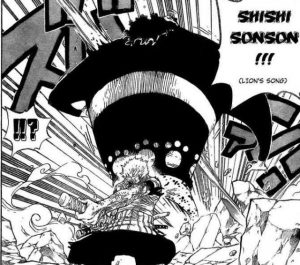
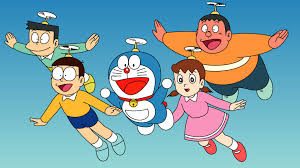

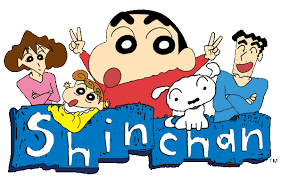


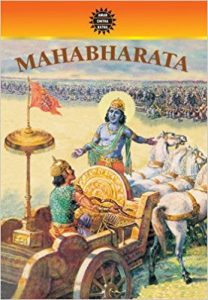
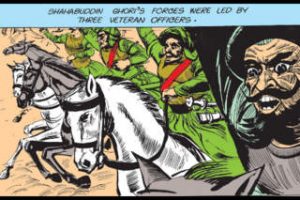

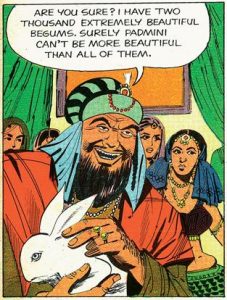
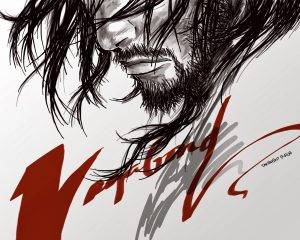
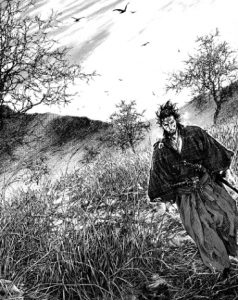
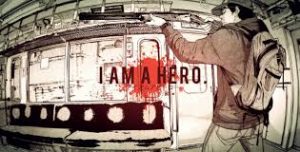
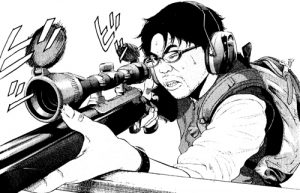
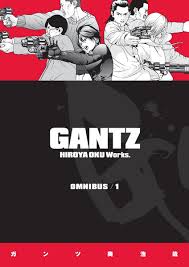
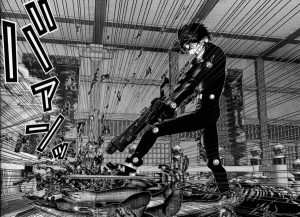
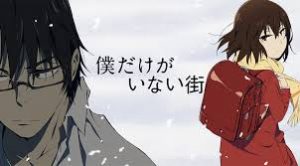
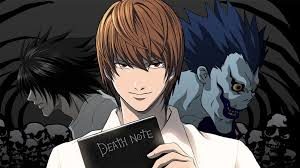
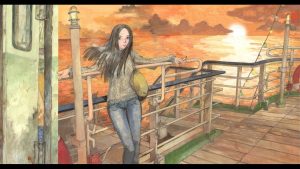
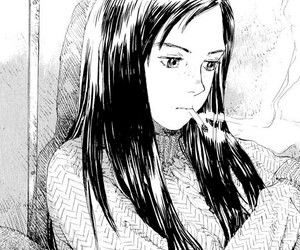
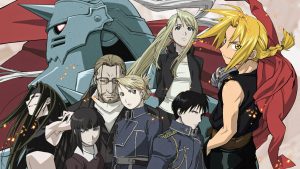
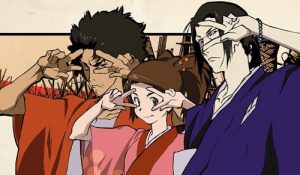
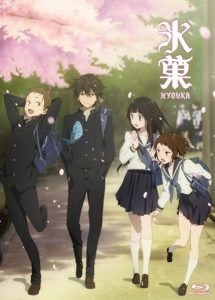
Leave a Reply
You must be logged in to post a comment.